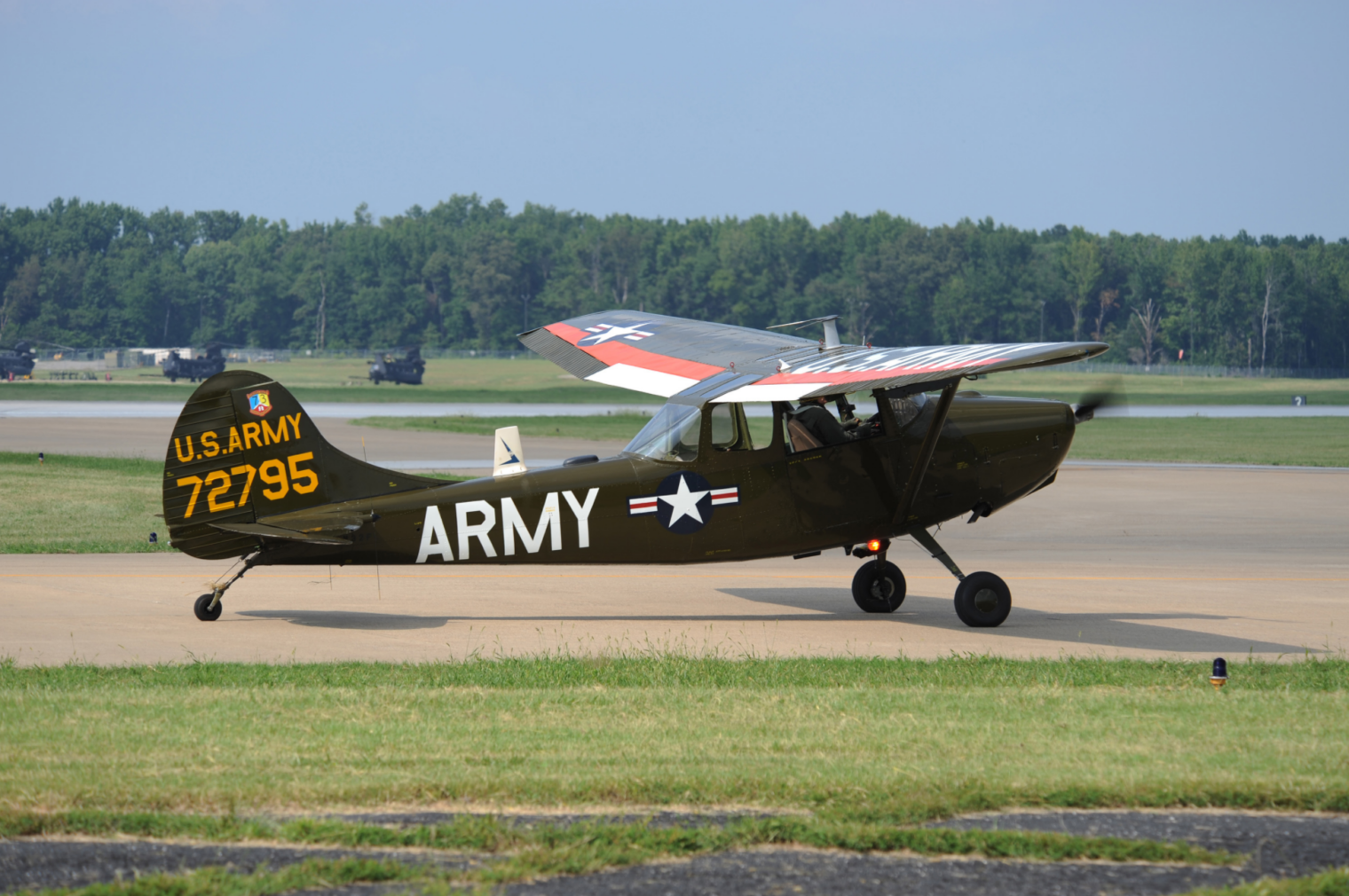Just Another Day in Vietnam, by Keith Nightingale, a retired colonel who was there, is mostly about ground combat in the Vietnam War, 1967. However, I recommend it to anyone interested in aviation because the book explains the critical role played by the L-19 pilots, who would orbit for hours over a battlefield and were the only ones who could see enough to coordinate artillery and bombing runs that meant the difference between life and death. The book also will give you an appreciation for the importance of fighter-bombers and B-52s and a reminder that, without GPS, these machines all become useless in cloudy/foggy/rainy weather.
One thing that I got from the book was a vivid impression of the incredible physical discomfort of being a soldier in Vietnam. The heat, the humidity, the baking sun, and the bugs described will make you glad that you can sit in an air-conditioned apartment for a few years (depending on your governor’s orders/whim).
Separately, I think this is a great time to read about Vietnam. Before coronapanic, Americans were afraid to get into little piston-powered Cessnas and fly out to get a $300 hamburger, even if emergency landing fields and highways were available all along the route. Imagine the courage required to fly that unarmored mostly-unarmed (a few rockets and machine guns still qualify as “mostly peaceful” under current standards, right?) for hours over a jungle that offered no suitable cleared spaces in which to land and over a heavily armed enemy.
Also, as a Facebook hero previously noted
Of course, we can’t actually do this reassessment because doing so would admit that the last year was madness. The lockdowns are like Vietnam, the political and media establishment have so much invested in them, only a gradual drawdown will be permitted, regardless of the “science.”
(see Lockdown is our Vietnam War so it will end gradually?)
I think the Facebooker was on the right track. Let me repeat a comment that I made on We ran but could not hide: U.S. deaths in 2020 were 16 percent higher than in 2019, regarding how a majority of Americans could support lockdowns and masks despite the U.S. and other masked-and-shut nations having higher death rates than unmasked-and-open nations, e.g., Sweden.
I don’t think it is unprecedented. With a little perspective we can see that our war in Vietnam was a monumentally bad idea. Yet at the beginning of 1967 only 32 percent of Americans thought that we’d made a mistake by sending troops there. https://ropercenter.cornell.edu/blog/creeping-doubt-public-support-vietnam-1967 (the Gulf of Tonkin fraud perpetrated on the American people was in 1964 and we could say that the direct involvement of U.S. troops started then). By the fall of 1968, a majority of Americans thought our entry into the war was a mistake, but even at the bitter end 40 percent of Americans still thought it was a good idea! https://news.gallup.com/poll/18097/iraq-versus-vietnam-comparison-public-opinion.aspx
“According to the Vietnam Helicopter Pilots Association, a total of 11,846 helicopters were shot down or crashed during the war, resulting in nearly 5,000 American pilots and crew killed.” (source) Imagine the collective madness of a nation that just kept buying jet-powered helicopters and sending them to the other side of the planet to be destroyed, along with young American lives (far more American life-years lost to the Vietnam War than coronaplague due to the young average age of the 50,000+ American soldiers who were killed). For comparison, the debacle that we know as the Iraq War consumed only about 124 helicopters.
(Not everyone American was swept up in this madness. See “‘I Ain’t Got No Quarrel With Them Vietcong’” (NYT, 2017) regarding Muhammad Ali, imprisoned for refusing to go.)
Just Another Day in Vietnam will remind you just how crazy ordinary people can get in the service of helping a comfortable politician achieve his/her/zir/their desired level of power. And there is a lot of good detail about aviation!
(Nit: the author sometimes seems to mix up the collective and the cyclic pitch controls on a helicopter. Collective controls climb/descent; cyclic controls pitch (airspeed) and bank. The throttle is in the pilot’s left hand on the collective (more of an on/off twist switch in a turbine helicopter). See the helicopter lecture (streaming free) from our MIT ground school for more.)
Related:
- Tinker AFB article on the Bird Dog (above photo from this)
- AOPA article on the L-19 Bird Dog
- Forward Air Controller & The O-1 Bird Dog Vietnam War (YouTube)

From what I read helicopter warfare in Vietnam was forced on Army “neanderthals” by the “best and brightest” wokest progressive to that date Robert McNamara. Slow-moving and low-flying helicopters were relatively easy target for automatic weapons. However modern military helicopters are much better protect from small arms and machine gun fire. However it is interesting where the deliver bang for the back: considered excellent IDF has less then 50 of attack helicopters and a few more military transport helicopters , according to the Wikipedia.
Glider operators ended up with surplus of L-19s and spares. Legend has it sewer covers liberated from S. Vietnamese cities were welded under the seats for homemade armor against rifle fire.